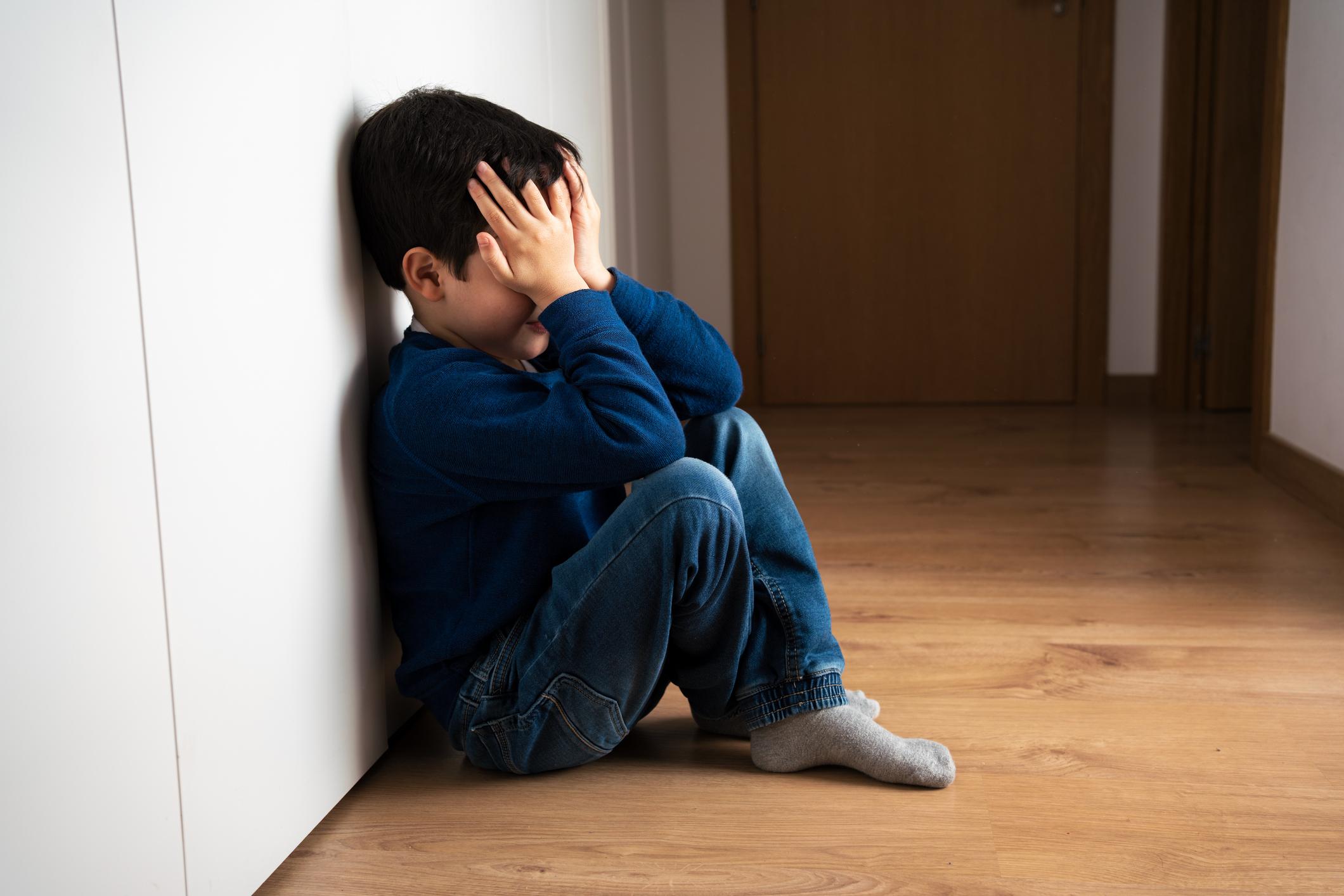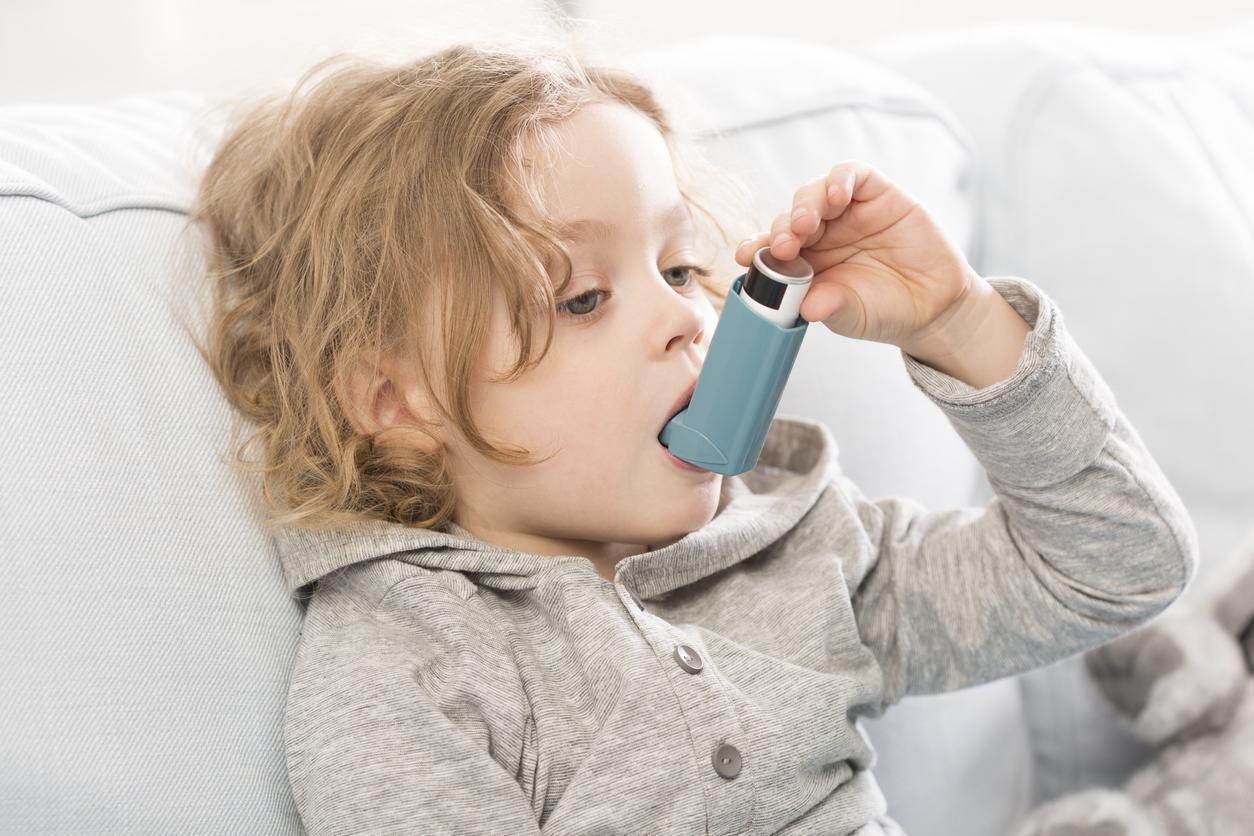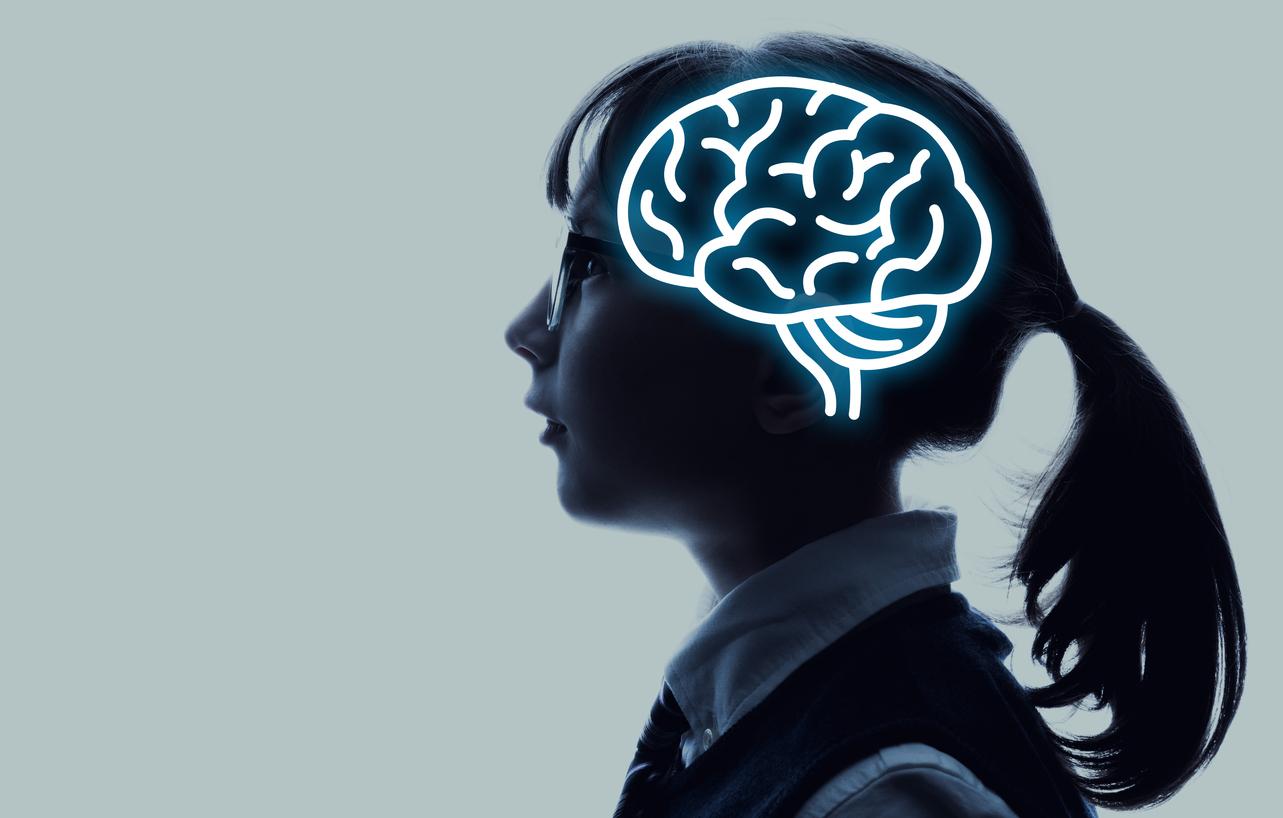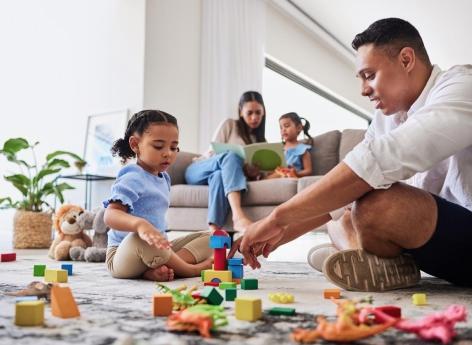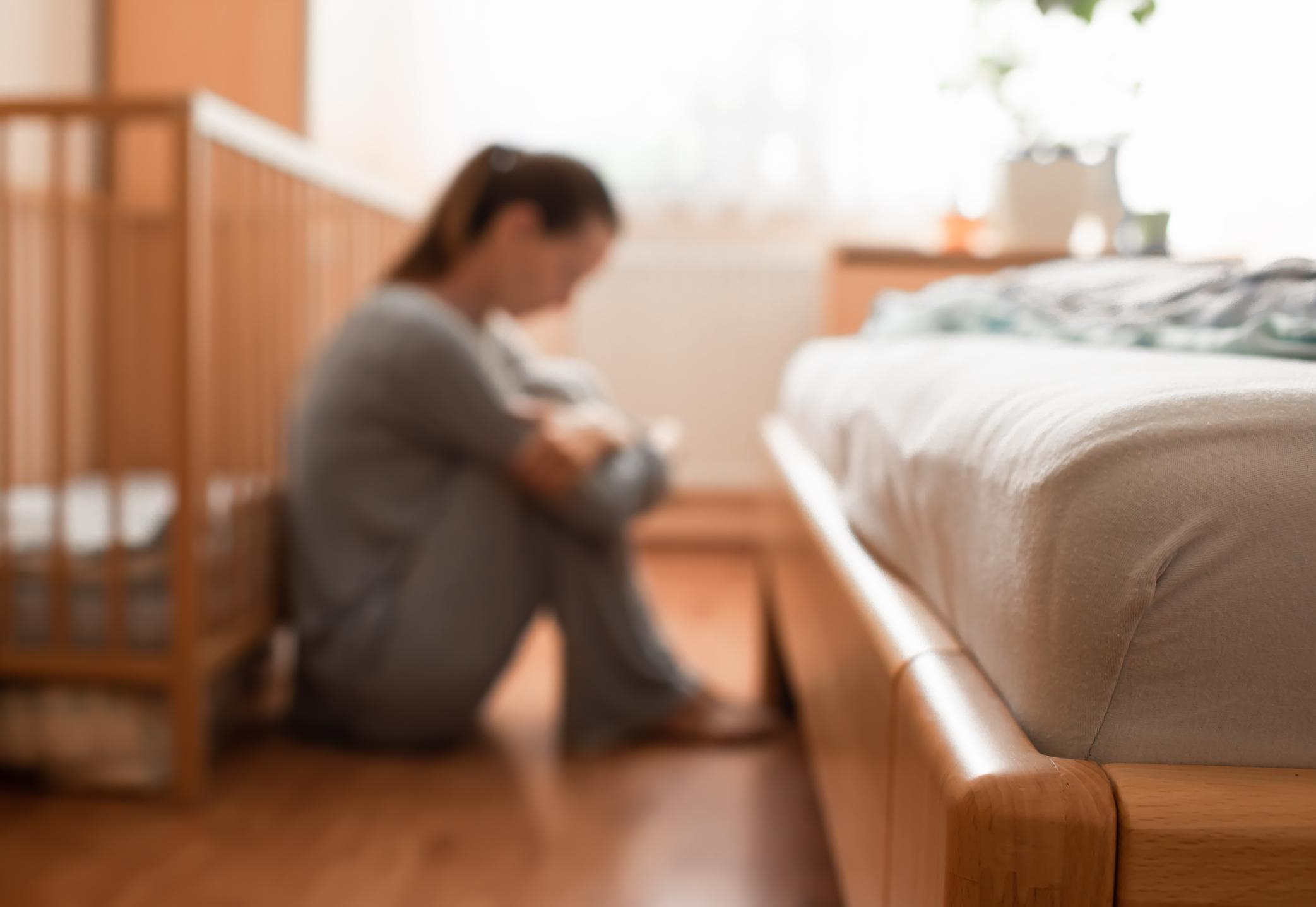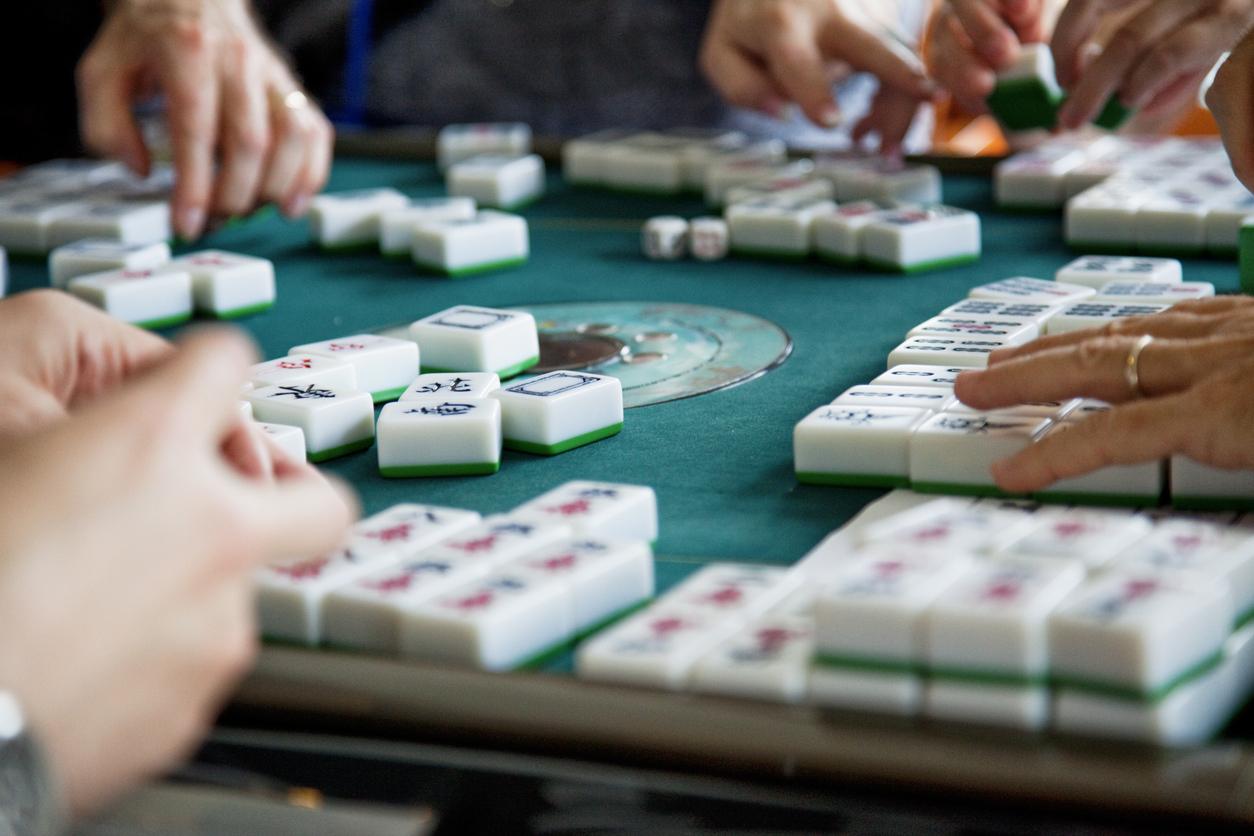The consumption of psychotropic drugs has doubled in ten years among children and adolescents, according to a recent report.

- Prescriptions of psychotropic drugs for young people are exploding and concern “tens of thousands of children” in France.
- In ten years, the consumption of these drugs has doubled, because more children are suffering psychologically and there is less capacity to treat them.
- “On the family side, the lack of reference, of readability, then of access to professionals is an obstacle to the establishment of a care pathway”.
“Tens of thousands of children” take psychotropic drugs in France. This is reported by the High Council for the Family, Childhood and Age (HCFEA) in a report entitled “When children are bad: how to help them?”. As a reminder, these drugs include several categories of products acting on brain activity: anxiolytics or tranquilizers, hypnotics or sleeping pills, antidepressants, antipsychotics, mood stabilizers and psychostimulants, according to the French Observatory of Drugs and Addictive Tendencies (OFDT).
Psychotropics: consumption of sleeping pills increased by +224% in 2021
“If we compare the 2010 and 2021 data, the continuous increase in the consumption of psychotropic drugs in the pediatric population is indisputable: it has doubled. The Openmédic 2021 data indeed suggest that the consumption of psychotropic drugs could concern more than 5% of the pediatric population, can we read in the report.
In detail, between 2014 and 2021, the consumption of psychotropic drugs increased by + 48.54% for antipsychotics, + 62.58% for antidepressants, + 78.07% for psychostimulants, + 27.7% for anticholinergics, +9.48% for dopaminergics and +155.48% for hypnotics and sedatives. In 2021 alone, the dispensing of psychotropic drugs among 0-19 year olds increased by: + 16% for anxiolytics, + 224% for hypnotics, + 23% for antidepressants and + 7.5% for antipsychotics.
Less capacity to care for children in psychological distress
According to the HCFEA, this increase is linked to the exposure of children to several stressful events, such as the Covid-19 epidemic or the war in Ukraine. They are more exposed to psychological suffering and medication than adults. Another cause: insufficient care capacities. According to the report, the means dedicated to first-line care and the deployment of psychotherapeutic, educational and social systems do not seem to have increased in the same proportions.
“On the family side, the lack of reference points, readability, and then access to professionals hinders the establishment of an appropriate, long-term care and support pathway. The difficulty in finding the right interlocutors who can help the child and his family is then added to the family ordeal that plays out when a child is in bad shape, and to the other fragilities that have hit families more strongly in recent years through multiple crises.










